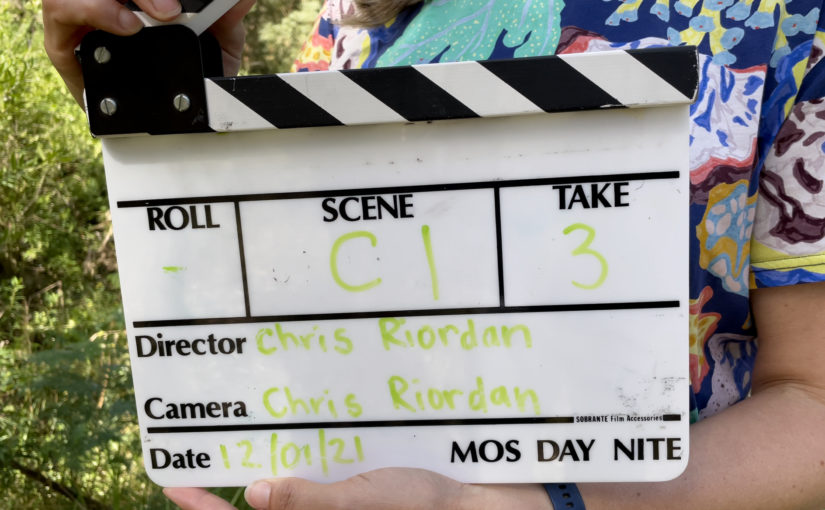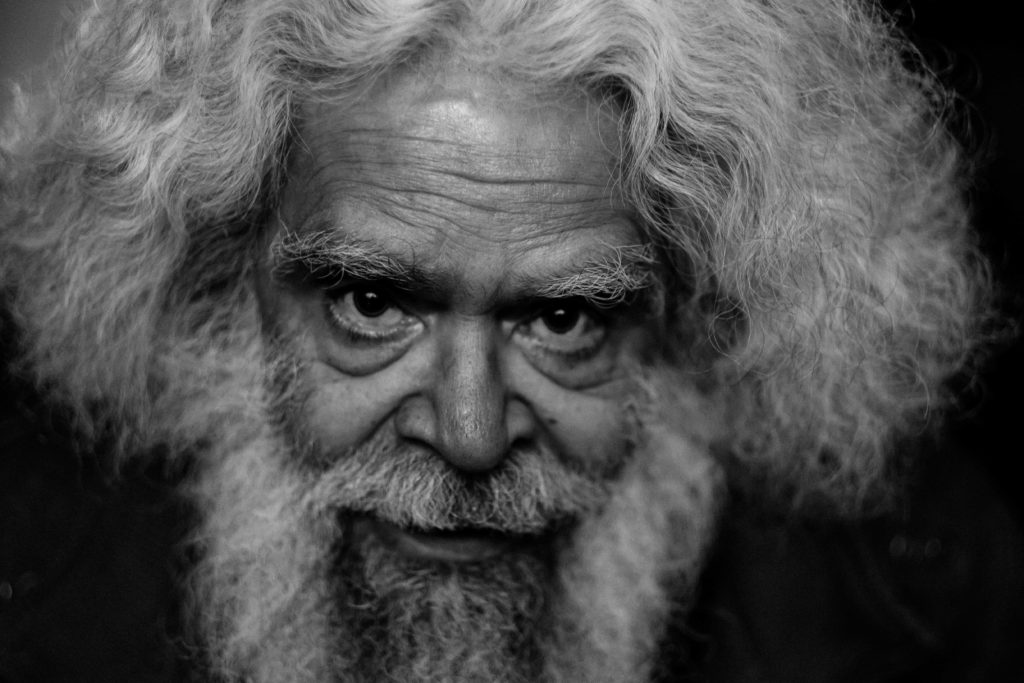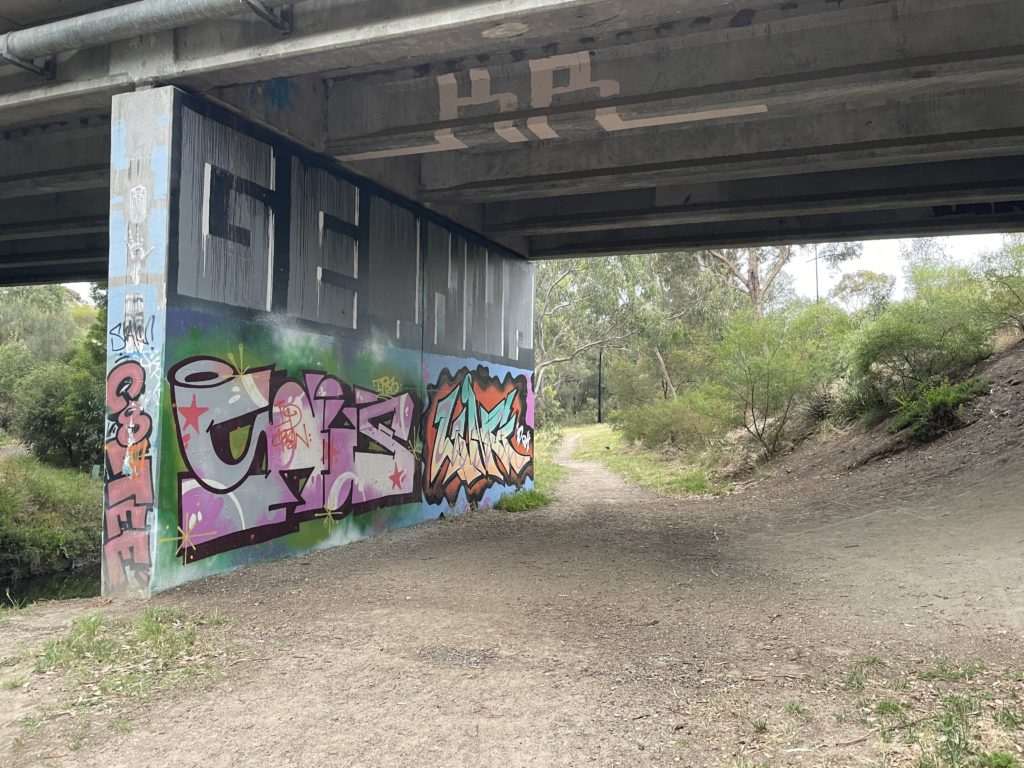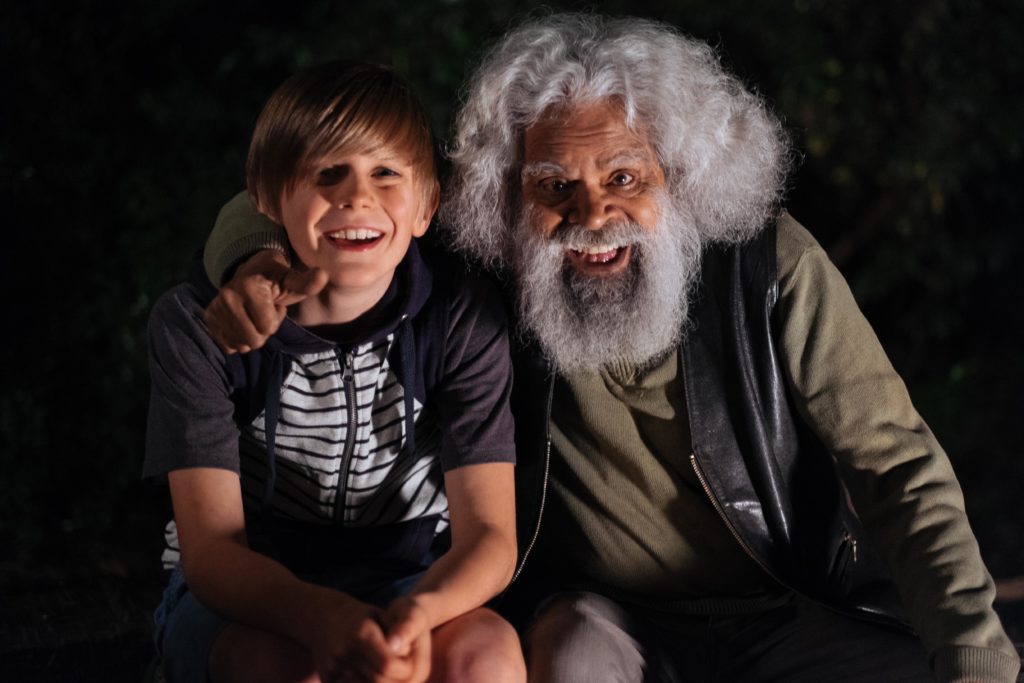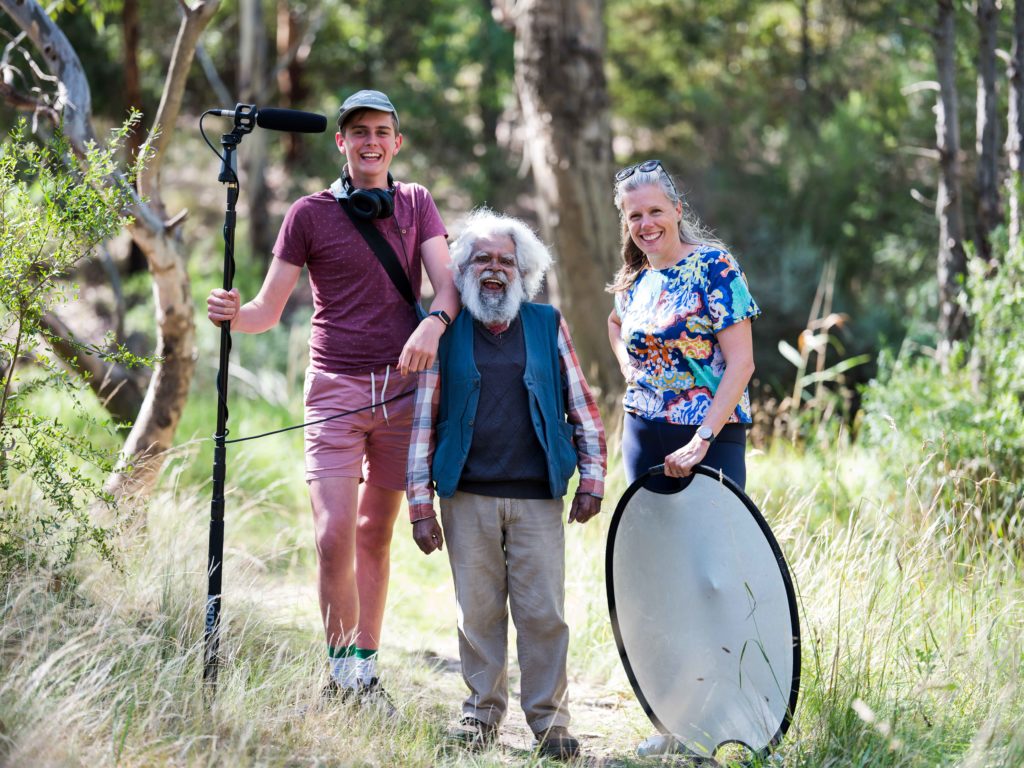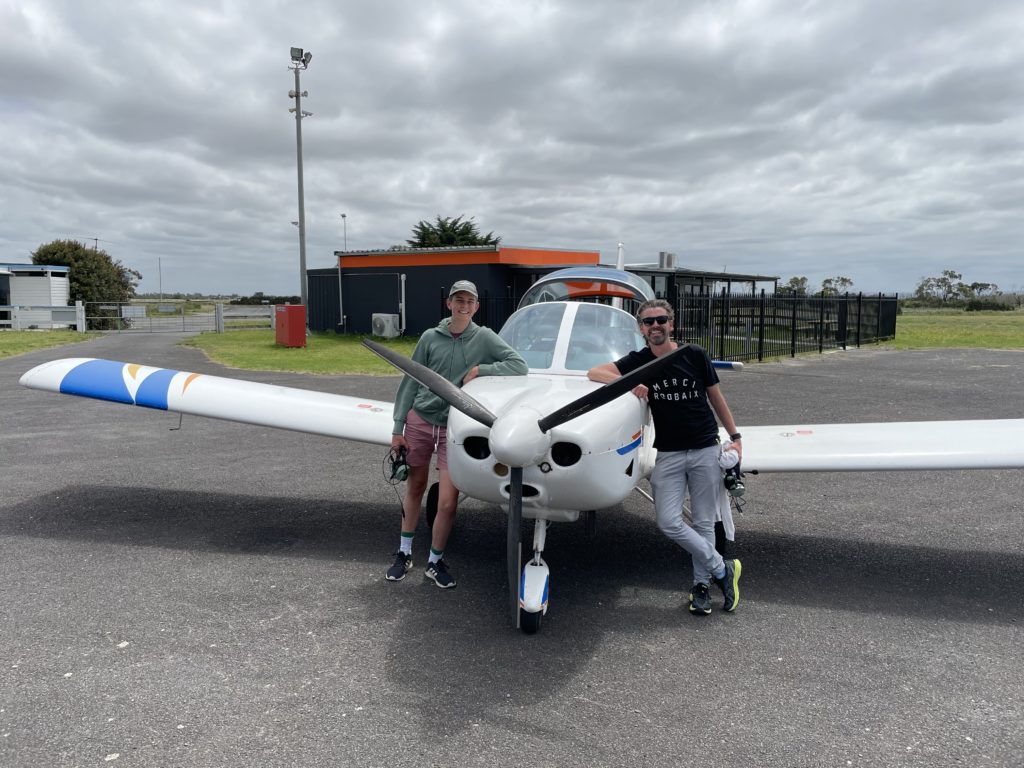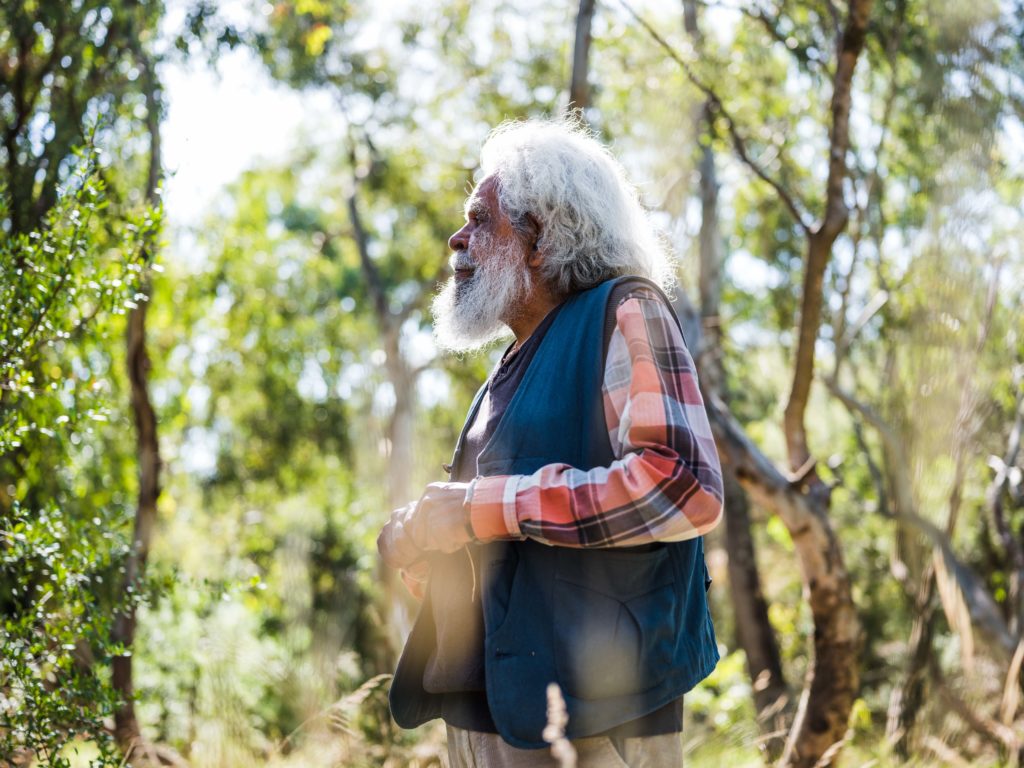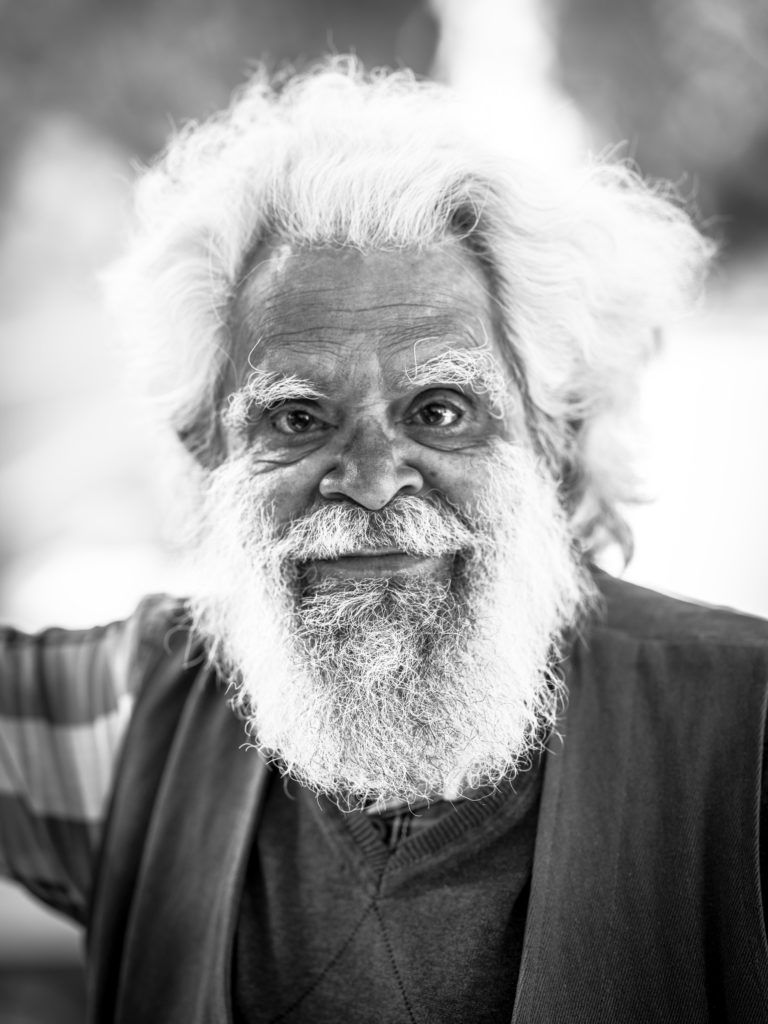One of the biggest changes I’ve seen within the Victorian Public Service (VPS) over the past 15 years has been the ‘rise and rise’ of in-house creative teams.
While a number of government departments have traditionally had a graphic design team, and over the last 7 years a number have built video teams, these teams have often been there to produce the ‘less creative’ outputs (Annual reports, video messages to staff, anything with the phrase ‘Getting to know the new HR portal’ in it, etc), while the creative projects were outsourced to Creative Agencies.
However, over the last five years, the insatiable desire for new and engaging content that social media has delivered, has meant that Departments simply can’t afford to farm out every project that needs some creative flair…and so increasingly, they are looking in-house to deliver these videos, animations, and social tiles.
But if creativity and bureacracy were dogs, they would spend most of their time barking at each other over the fence…so how can you make a career walking along that fence?!
Well here’s what I’ve learnt.
It takes a certain type of person
I’ve been lucky enough to work in an advertising agency with a few creative teams, and watched as they were able to generate multiple ideas and concepts in response to a brief in a matter of hours, when it would have taken me days to generate just one…and I’ve been lucky enough to work with Directors, DOP’s and Designers with both an incredible vision on how things should ‘look and feel’, and the skills to make it happen.
But I doubt they could have dealt with the constant iterative changes and dilution of concept that invariably happens in government work.
Similarly I have worked with a lifelong public servant on a project that required about 10% creativity and 90% number crunching, report writing and briefing into senior people. I knew how time-consuming and boring the non-creative part was going to be and so I offered to go 50%-50% on the work…but the other person said ‘Oh no…I don’t want to do the creative part! You do that and I’ll do the rest!’
Sadly it’s still true that within a bureacracy you can’t get in trouble for doing what has always been done and having it fail…but you can get in trouble for trying something new and having it fail. So the essential drive of creativity; to find new ways of doing things, is anathema to most public servants.
So to survive as a creative in government, you need both a high tolerance for process and procedure, but also a willingess to take risks wherever you can.
The paleo pear predicament
A few years ago a Federal Government department released this video:
The video was pretty widely panned, and a lot of people asked ‘How did this video ever get made, let alone approved?!’
But I could see how it was approved…every individual part of it was fine from a Government perspective!
Script – If a private company makes a video and it fails…then no-one really cares, after all, it was their money they wasted. But when a government department spends money on a video, then that is money provided to it by the public. So you can expect some pretty hefty scrutiny from the media. After all who doesn’t like getting incensed about what the government is wasting your tax dollars on?!!!
The result is that Government departments LOVE videos that are scripted to within an inch of their lives. It doesn’t matter if you can see the soul of the person leaving their body as they say them…so long as the right words are said in the right order and no-one can take offence…then it will be approved.
On screen talent – There are people who can take a dubious script and bring it life as if they really believe it…these people are call ‘actors’. There are also people who can successfully get a briefing note through a variety of sub-committees and eventually get a clause in a piece of legislation changed…these people are called ‘Senior Bureacrats’.
Interestingly, while it is VERY rare that any Logie Award winners or NIDA graduates decide that they could probably be the Deputy Secretary of a Government department, there is no shortage of Senior people within a Government department who are quietly confident that they can give this ‘acting’ thing a shot.
And nothing scoots things through the approval process faster than the person approving the video, seeing themselves in the video, as the Counting Crows sagely sang ‘When I look at the television, I want to see me, staring right back at me’.
The ‘true creative’ will say ‘This script is terrible and the acting unconvincing…there’s clearly nothing in those coffee cups!!!’ and refuse to take part in the project.
The ‘bureacrat’ will say, ‘This said exactly what the script said it would say…and my boss’s boss is happy…so it’s approved!’
But the Creative in Government has to be able to find a compromise that will engage its intended audience…without alienating the people who are going to approve it.
Failing that…just throw in a lot of ‘hawk’ sound effects and get them to walk slowy towards the camera.
A Patron
Just as artists in the Renaissance had patrons like the Medicis to support their work…any creative person working in government needs to find senior people within their organisation to champion their work. When I was starting out in the public service, I was incredibly lucky to have a Secretary (Gill Callister) who not only believed in using video as a comms tool (when a lot of senior execs didn’t), but was also really engaging on camera. But you won’t always have the person at the top of your organisation going in to bat for you, so you need to foster relationships with anyone you can who has some sway.
One of the good things about people automatically wanting the most senior person possible to appear in a video, is that as the person who makes the videos, you get a lot more 1:1 time with people you otherwise wouldn’t. And not just any sort of 1:1, a 1:1 where they are vulnerable and looking to you for advice. These people did not get to where they are by ignoring good advice, so get in there and dazzle them…and then, most importantly, work your arse off to make sure their project is a success! I can look back at my career and identify at least 5 projects, that I knew at the time were really important to a key person in the department and so I worked my guts out to make them work. When they did, the payoff of having someone in the upper echelons of the organisation willing to go in to bat for me made it all worthwhile.
Surround yourself with good people
Over 10 years ago I started a group called ‘The Secret Society of Government Video Editors’, which as the name suggests, was a collective of the people doing video work within the VPS. While there were of course advantages in terms of being able to share equipment and expertise…the real reason it has existed for over a decade is that it’s really nice to have a group of people you can chat to and say ‘Have you noticed the way that everyone who isn’t us is really annoying and doesn’t recognise our genius?!’ A sympathetic ear is one of the most appealing physical attributes for a creative! After all, only a creative will know the pain involved in any file named ‘Videomessage_final_V11_revised_newmusic_approved_FINAL.mp4’ or the horror of a design brief that requests a diagram that is “clean and simple, but that works in these 17 processes and 4 thesuaruses worth of words, and represents the circular basis of the main process, but DOES NOT feature any curves or arrows, and really shows how great this new project is but without being celebratory…and we needed it in 10 minutes ago.”
So surround yourself with other creative people whenever you can. Look for people who challenge you. Try to work with people with different genders, and cultural backgrounds, and life experiences…and make sure that the work you produce reflects these differences, as that’s what’s going to make content that really connects with an audience as diverse as the Victorian public.
But most of all, revel in the fact that the demand for creative content within Government is only going to increase, and you have the chance to be part of this bold new world. Plus any job that offers both creativity and relative job-security, is pretty awesome.









